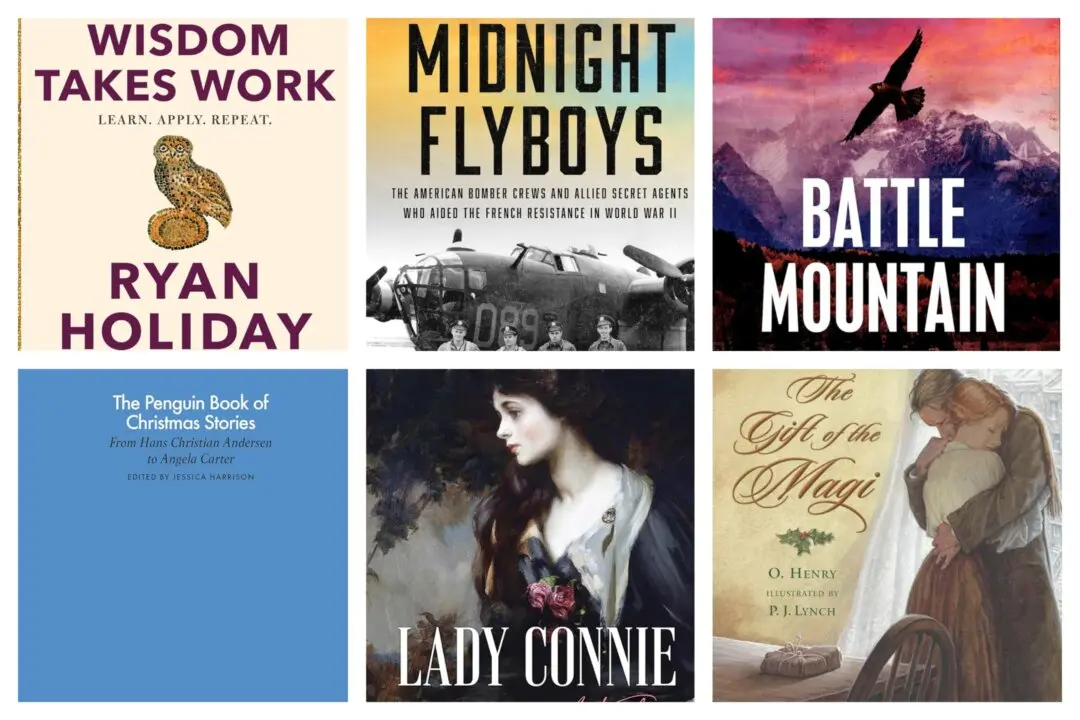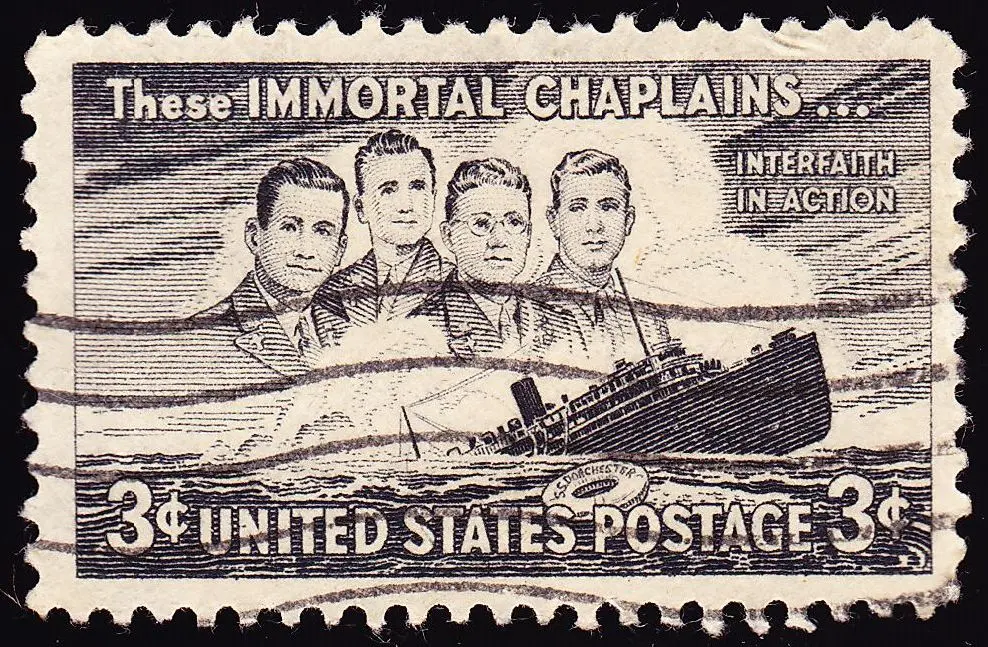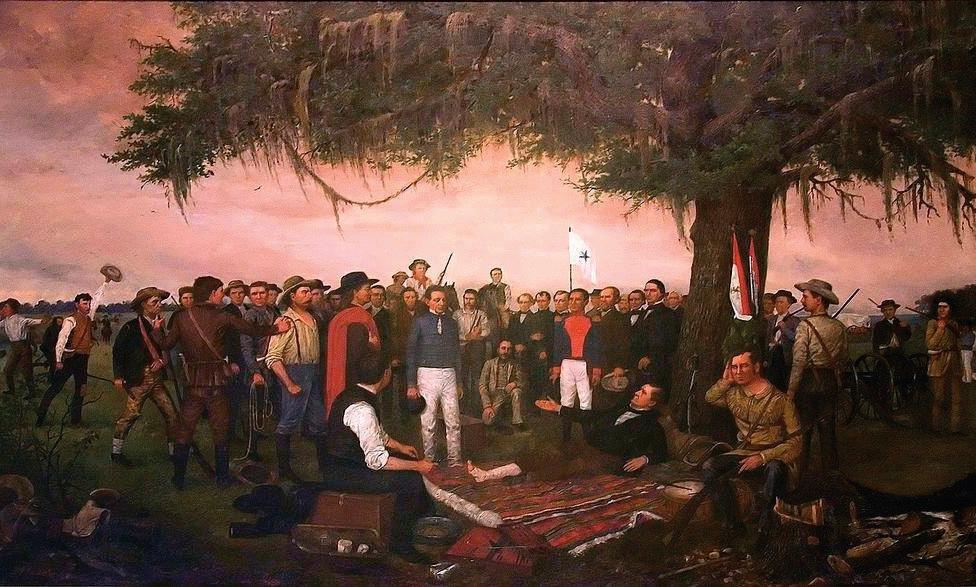A retired teacher meets a former student, learns she is discouraged about her life, takes down her address, and mails her a copy of Charles Murray’s “The Curmudgeon’s Guide to Getting Ahead.” A woman works 12 hours a day from her home, writing memos and editing reports sent to her by her supervisor, trying her best to keep the company afloat in this time of quarantine. A husband and wife struggling to pay their rent are given $1,000 by a friend’s father.
So what do the teacher, the secretary, and the friend’s father share in common?






